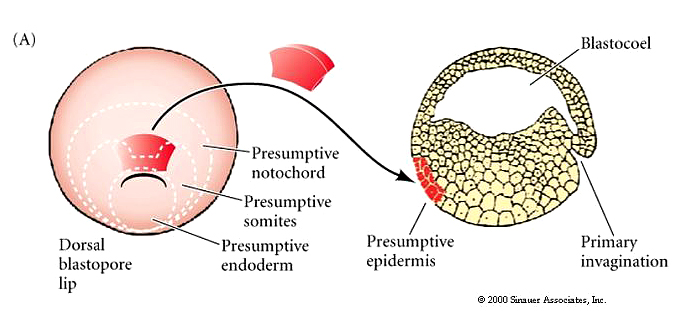

2, the sixth stage, a cross section) and starts to grow. The embryo is now called a blastula (= small button, Fig. Then the cells that lie inside migrate from the centre to the periphery, some cells die in the middle and there a cavity is formed. The stage of 16 to 64 cells is called a morula (= mulberry) (see Fig. The embryo is and stays spherical and does not grow. After that the divisions occur approximately every 12 hours. After 24 hours the first division takes place: two equally big cells are created, each being half the size of the zygote. a sea urchin)Īt fertilization an egg cell and a sperm cell fuse and create a zygote (= fertilized egg). The development of the embryo of a simple animal (e.g. A: top cell B: basal cell C: suspensor D: cotyledons E: root meristem F: stem meristem G: vascular tissue The development of the embryo of the plant

The seed (male) is received by Mother Earth. First, the pollen fertilizes the egg, then the seed has to fall or be sown into the earth. One might speak of "a double fertilization". It starts to grow again only when it goes into the ground and the conditions are favourable for germination. The seed grows further and goes into rest. At the same time the tissue between the cotyledons and the suspensor differentiates into the growing point of the root (or apical root meristem, E), the growing point of the shoot (or apical shoot meristem, F) and the connective vascular tissue (G), stages 7 and 8. The apical tissue grows sidewards (stage 6), the cotyledons (D) are formed from this. This stage (5) is called the globular stage of the embryo. The lower part with the basal cell stops growing and dividing quite soon (stages 4 and 5). The apical clump of cells grows and forms a spherical ball. The basal cell ligates cells at the top (stage 3). The apical cell divides into four cells and forms a small ball. 1, stage 2), by which a small apical cell (A) and a large basal cell (B) are formed. Fertilization takes place and then follows the first division (see Fig. The pollen makes a tube through the style of the pistil to the egg cell in the ovary. When plants flower, pollen will be carried from the stamens to the stigma of the pistil by wind, insects or other animals. The first time a technical term appears, the English translation is given in parentheses.

The fundamental difference between the shape and essence of a plant and an animal will be explained. N this page the embryonic development of a flowering plant and a simple animal (a sea urchin) are described and compared from a Goethean point of view, also known as phenomenology. De Javascript-functie van uw browser is uitgeschakeld.ĭaardoor kunt u maar beperkt gebruik maken van onze website.


 0 kommentar(er)
0 kommentar(er)
